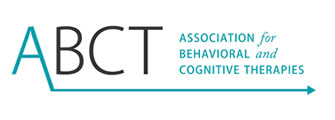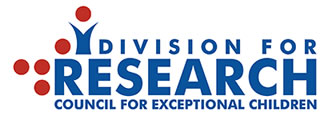
When people talk about getting physical in close relationships, the focus is often on sex, such as how often you have it and how good it is. This kind of closeness in relationships is certainly important and couples need to make time for it. However, one important part of relationships that is often overlooked is non-sexual physical affection – behaviors such as hugs, kisses, caresses, massages, back-scratching, holding hands, and general cuddling. Clinicians working with couples call this form of affection “non-demand touches,” which is physical connection without expectation that it will lead to anything more. All of these activities can lead to sex, of course. However, sometimes this can be a problem if these acts become consistently tied to sex and not seen as valuable and enjoyable behaviors on their own. These activities in and of themselves can have a number of benefit for couples and families.
First, it is probably no surprise that more physical affection is associated with greater relationship satisfaction. Happier couples tend to cuddle more – but, also, research indicates that the more couples cuddle, kiss, and hug, the happier they become over time.
Additionally, more physical affection in a relationship helps couples bounce back from conflicts better. Research suggests that, although more physical affection doesn’t lead to less conflict, it helps couples resolve it better. One of the theories behind this finding is that the bond created by physical affection leads to a level of goodwill that motivates couples to accommodate each other more in their disagreements.
The bond created by this kind of physical closeness also seems to contribute to longer lasting relationships. In retrospective interviews with couples who have been together over twenty years, physical affection was one of the most commonly cited qualities that helped them stay together, perhaps because of its effects on relationship satisfaction and conflict resolution.
Furthermore, the positive effects of physical affection go beyond relationship satisfaction and longevity. Longitudinal daily diary research suggests that more physical affection on one day leads to more positive moods and lowered stress levels the next day. In this study, stress was measured by both people’s self- report of their stress levels and by physiological measurements of stress hormone levels. And physical affection seems to be the gift that keeps on giving in that less stress and better moods led to more cuddling and more sex the next day. Additionally, more affectionate interactions also are associated with lower resting heart rate and better cardiovascular functioning. The most surprising result along these lines is that there is some evidence that it might even reduce people’s allergic responses! In sum, physical affection actually makes you psychologically and physically healthier.
The effects of physical affection also can radiate out from the parents to positively affect their children. Children who observed more warmth in their parents’ relationships held more positive views of their family and felt more secure in their families.
In our busy lives with constant demands of work and parenting, it could seem as if building in more physical affection might be one more thing that you have to work into the mix. However, there are some easy ways to show this type of affection that you might be able to do in passing and still get results. For example, a quick shoulder massage for a partner huddled over a computer can be a great way to express affection without a demand. A genuine hug as you pass in the hallway is another small but effective way to show you care.
Simple presence and an affectionate touch or two while performing a task together, like washing dishes or folding laundry, can also communicate warmth and caring. Deliberately building this kind of low-key contact and shared experience into the existing demanding schedule can be a way to create and maintain connection between busy partners.
And, when time permits, making space in your life for longer interactions is worth the effort. Ask yourself, when was the last time you kissed your partner in a way that you are really present rather than an absent-minded goodbye peck? How often do you cuddle on the couch? Or hit the snooze button and instead of rolling over to sleep, snuggled in bed? Finding time to slow down and enjoy the moment is also extremely important in strengthening these connections. Some couple therapists suggest that a great exercise for couples looking to increase their intimacy is to try a four-minute hug, which gives couples time to relax into each other and the physiological connections to fully engage. Why not try it out tonight?
Proper citation link for this blog post:
Gordon, K.C. (February 13, 2018). Let’s Get Physical: Advice for Moms and Dads. Retrieved from http://infoaboutkids.org/blog/lets-get-physical-advice-moms-dads/
















